The curious case of clean mobility
2020 is over, and it certainly took a different turn than anyone could have expected twelve months ago. But, despite the incredible economic hardships brought about by the pandemic, the auto industry has remained surprisingly resilient. But 2020 was not a particularly good year for electric cars.
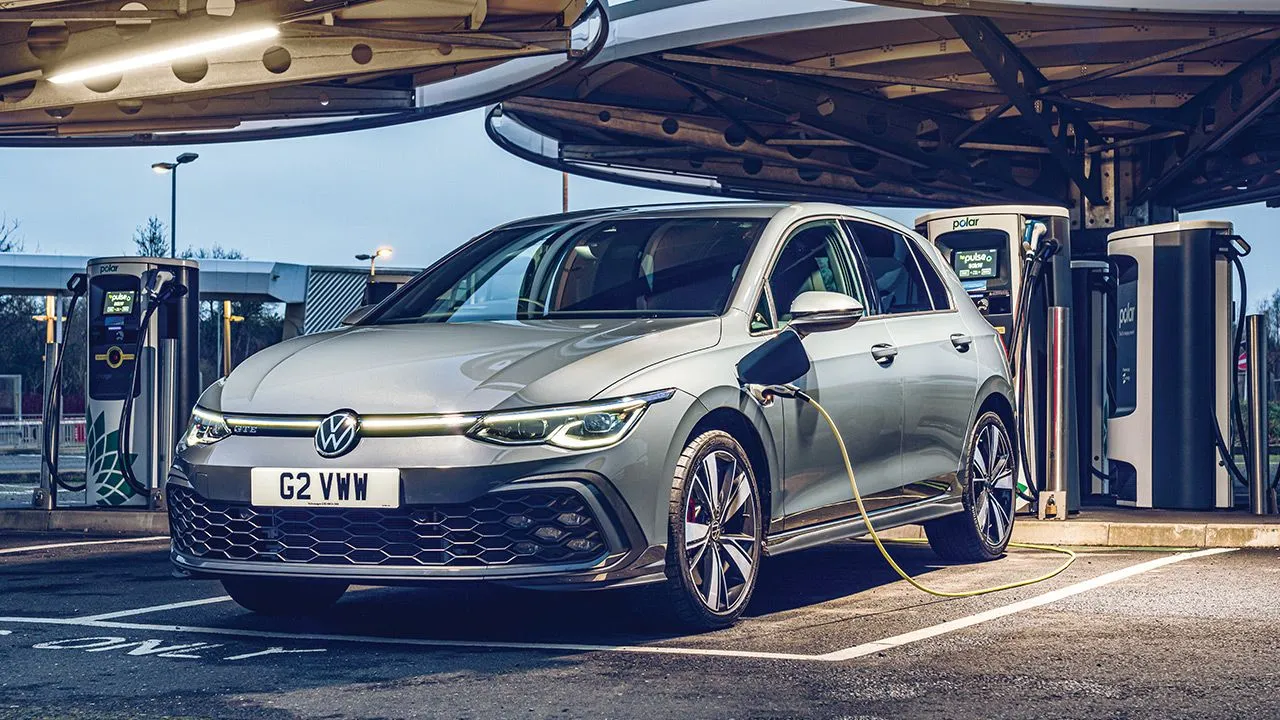
Jens wonders if the agenda of the powers that be is really CO2 neutrality, or is it actually getting people out of their cars altogether?
2020 is over, and it certainly took a different turn than anyone could have expected twelve months ago. But, despite the incredible economic hardships brought about by the pandemic, the auto industry has remained surprisingly resilient. That’s not least because the car has proven to be almost the ideal transportation device in a pandemic, which can be controlled by means of social distancing and a hygienic protocol that is virtually impossible to enforce in public spaces.
2020 was not a particularly good year for electric cars. The technology is still promoted massively all over the globe, but the subsidies have begun to fizzle out in the USA and China. Europe, on the other hand, has cranked up the pressure by stipulating that using EVs emits “zero” emissions, and the outcome of the US election could jump-start subsidies there again.
The pandemic-driven desire by large parts of the public is to travel in the safety of their own vehicles, and this sharply contradicts with the move to EVs – which will make cars considerably more expensive and far less accessible. Societies will need to figure out ways to deal with the needs and legitimate wishes of the public. I expect many politicians to slowly back away from the drive towards EVs as soon as there are alternatives for clean mobility.
One of them is the use of synthetic fuels, as they can provide climate-neutral mobility with a closed CO2 loop. They can, thus, provide CO2-free transportation with the existing fleet of vehicles. The fuels won’t be cheap, but they will be cheaper than switching to EVs, and they can bring about an immediate positive CO2 effect. In Europe, the battle is on, as Germany’s environmental minister is trying to block synthetic fuels. CO2 neutrality, it seems, is only part of the agenda. The other part is getting people out of their cars altogether. And that wouldn’t happen with synthetic fuels.
We have seen and will continue to see, the failure of car-sharing programs. The proposal of a shared car is simply not attractive in a pandemic environment, although it is preferable to taking a bus or train.
Corporate strategies differ vastly. The Volkswagen Group will likely remain committed to a switch to e-mobility as long as Herbert Diess is at the helm, and the company is exiting the lower end of the market (despite its name, which means “People’s Car”). The launch of the Golf and ID.3 have been marred by quality problems. But these seem to be now fixed. The new ID.4 and the awesome Golf R that I drove a few weeks ago performed flawlessly.
Meanwhile, Toyota chief Akio Toyoda has warned that a full switch to e-mobility would not only fail to deliver a positive effect for the environment, it would also make it very difficult to serve up enough electricity in a country like Japan.
Like Toyota, Hyundai is hedging its bets and sticking to offerings in every segment, and with every conceivable propulsion technology. From the smallest cars to the Genesis luxury brand and the electric Ioniq models, there will be a Hyundai for every customer and region.
In the US, General Motors is pushing through a massive campaign towards electrification, while Ford is taking a far more cautious approach. The success or failure of GM CEO Mary Barra’s risky strategy mostly relies on the US government, and the odds have somewhat increased with the victory of Joe Biden.
Biden himself is not an ideologue, but a pragmatist. But there are two things he likes. He is a fan – and was a frequent user – of trains. And he is a real car guy. He still drives a 1967 Corvette Stingray Convertible that was his wedding present back in the day, and he is an outspoken fan of fast cars. He personally took delivery of a Cadillac ATS-V after his term as a Vice President under Barack Obama was over. Driving by himself might be the thing that he will miss most when he takes over from Donald Trump on January 20, 2021.
Read more articles from Jens Meiners below:
Jens gets behind the wheel of the upcoming Audi RS e-tron GT
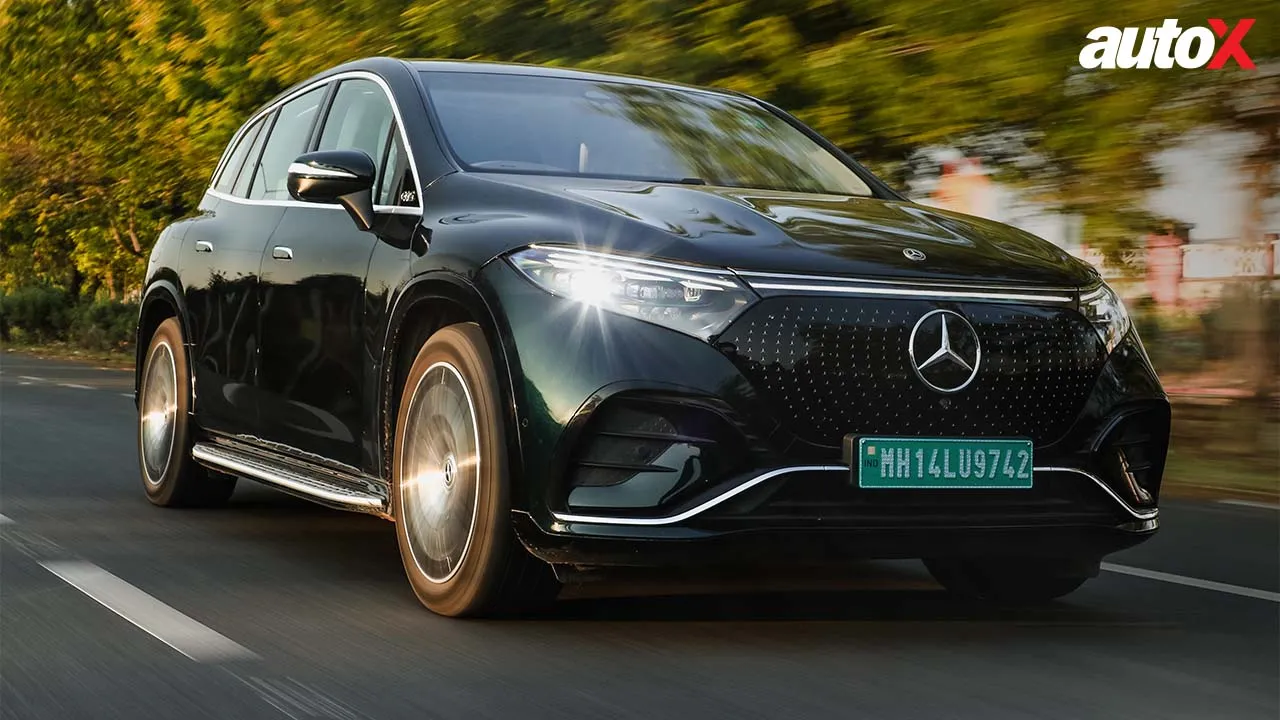

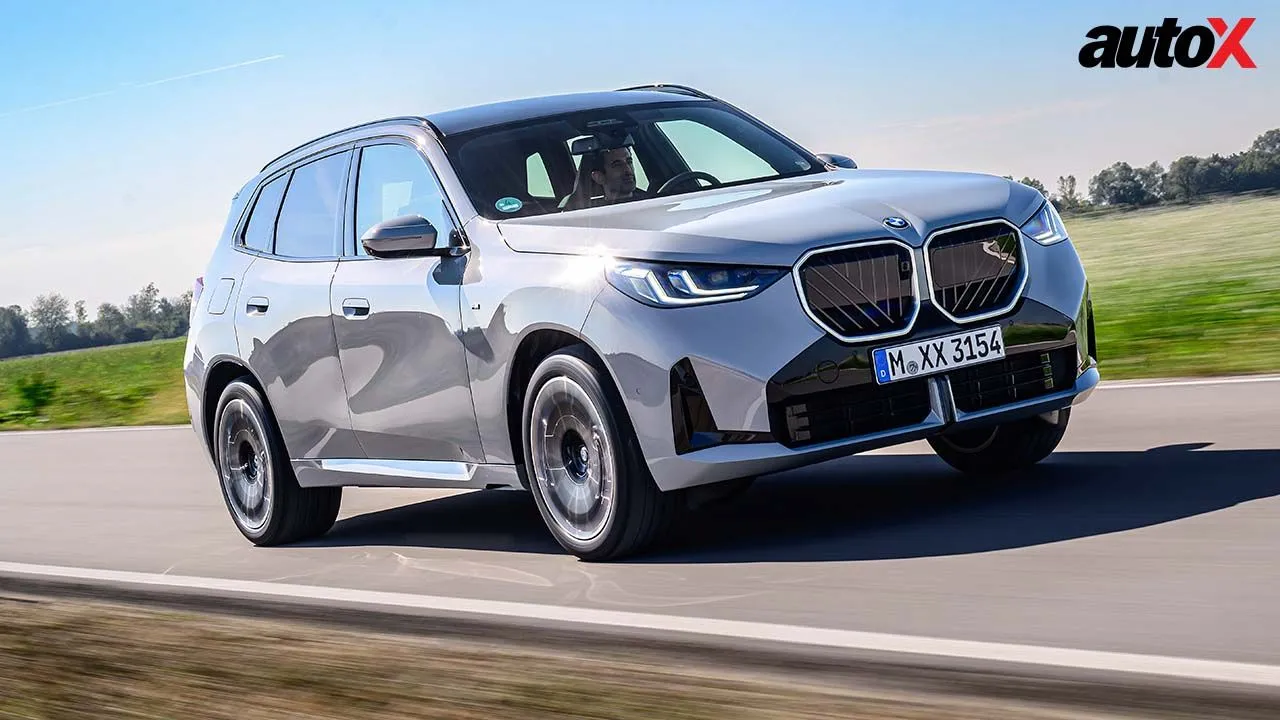

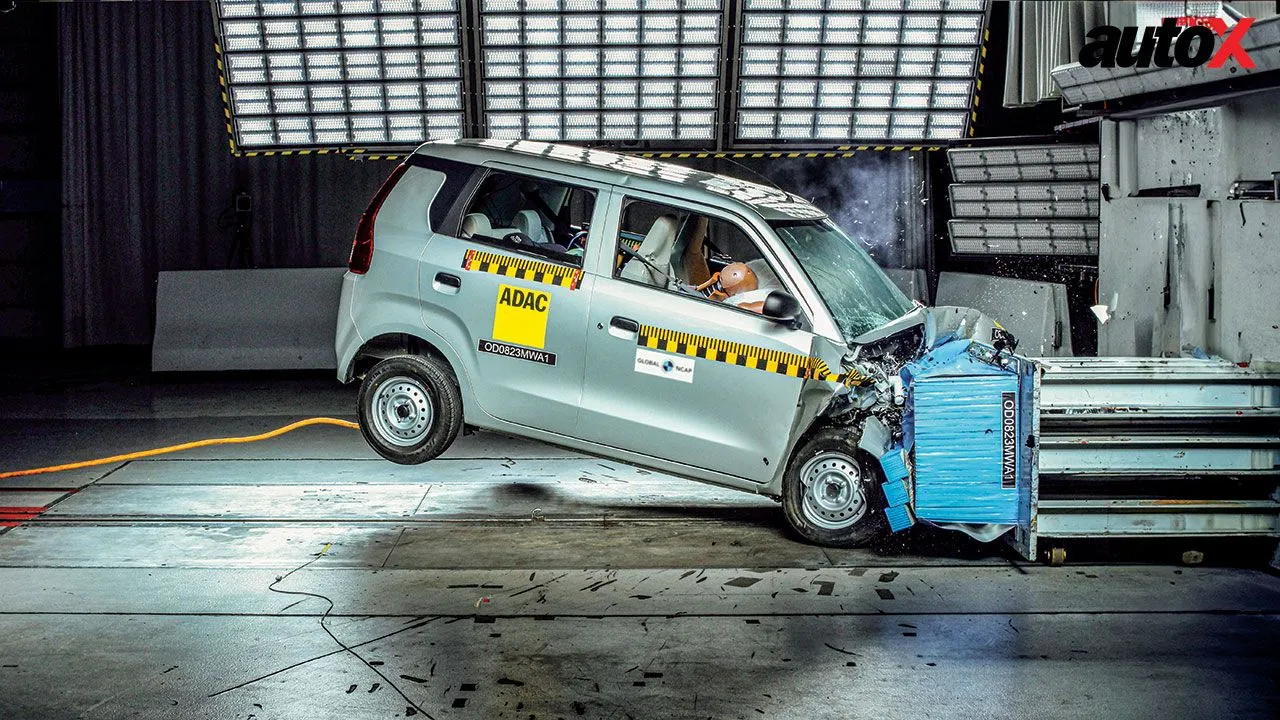
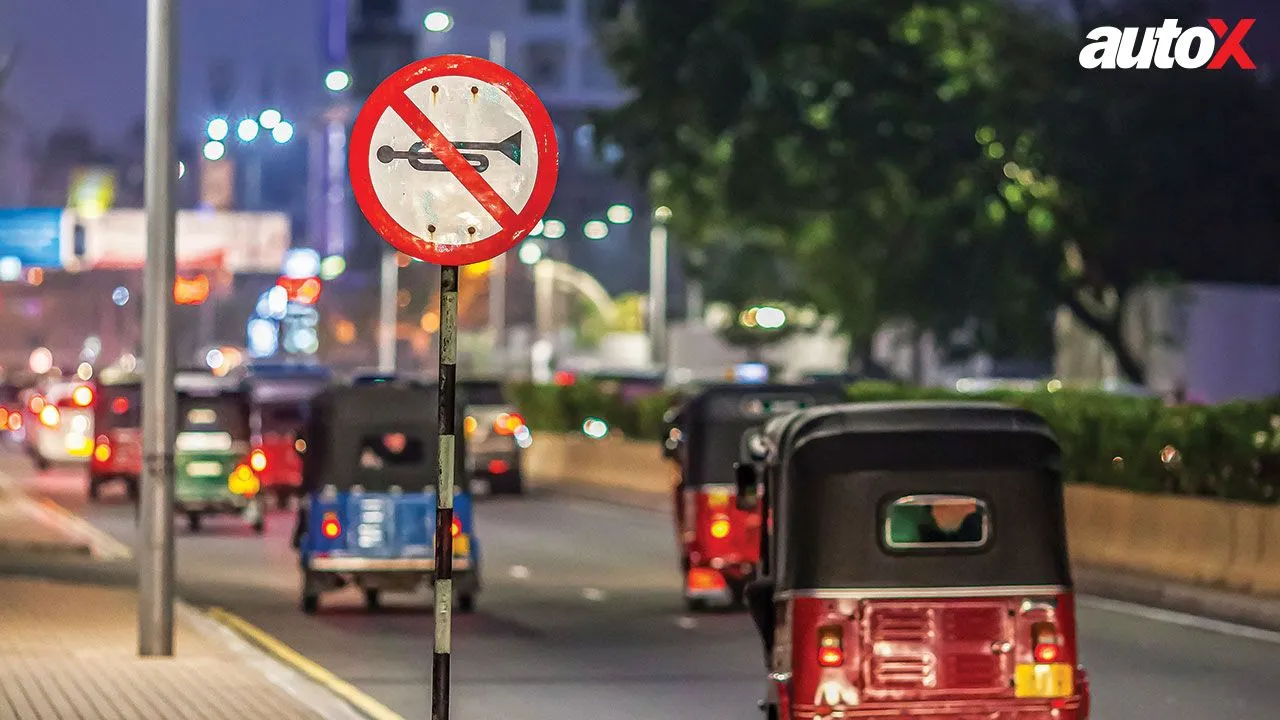
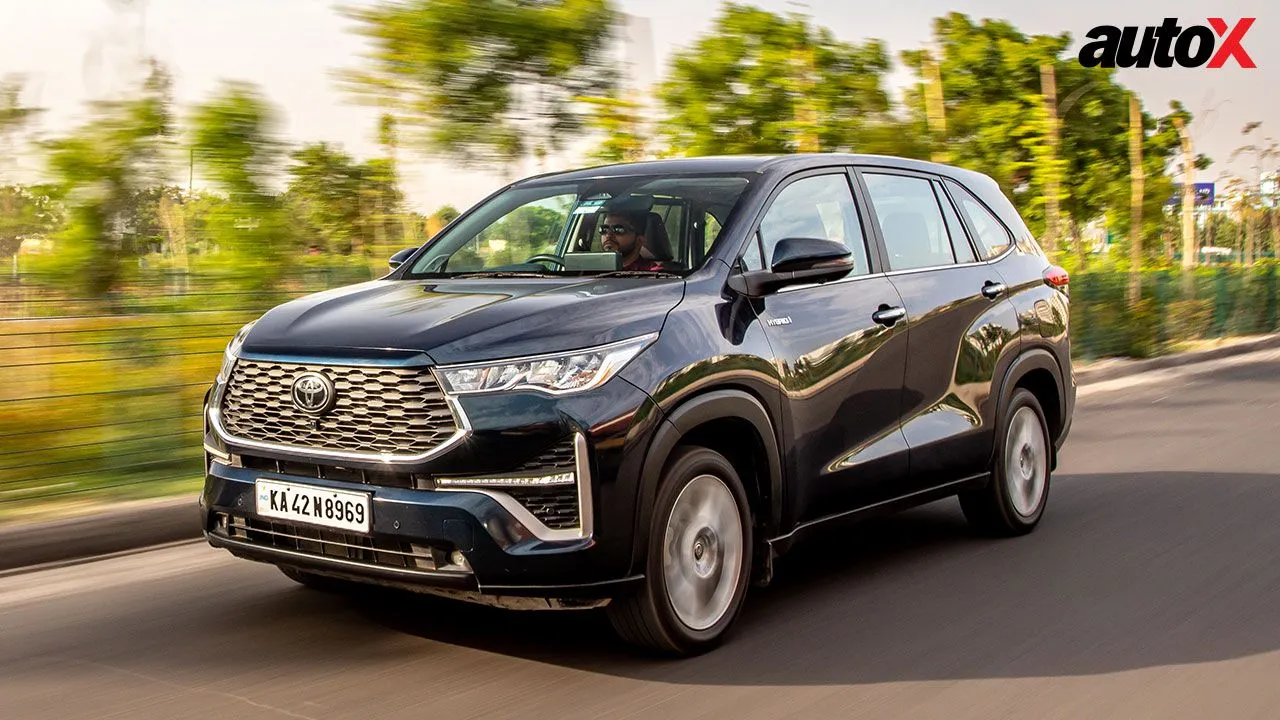

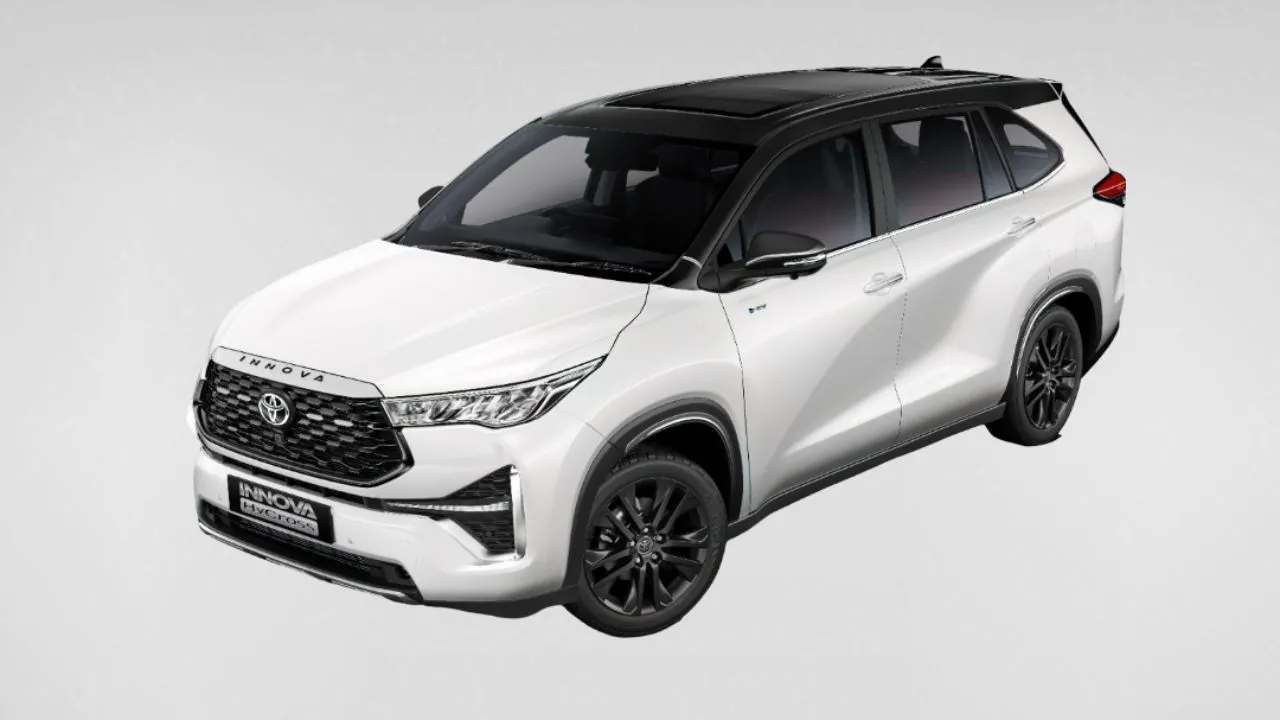

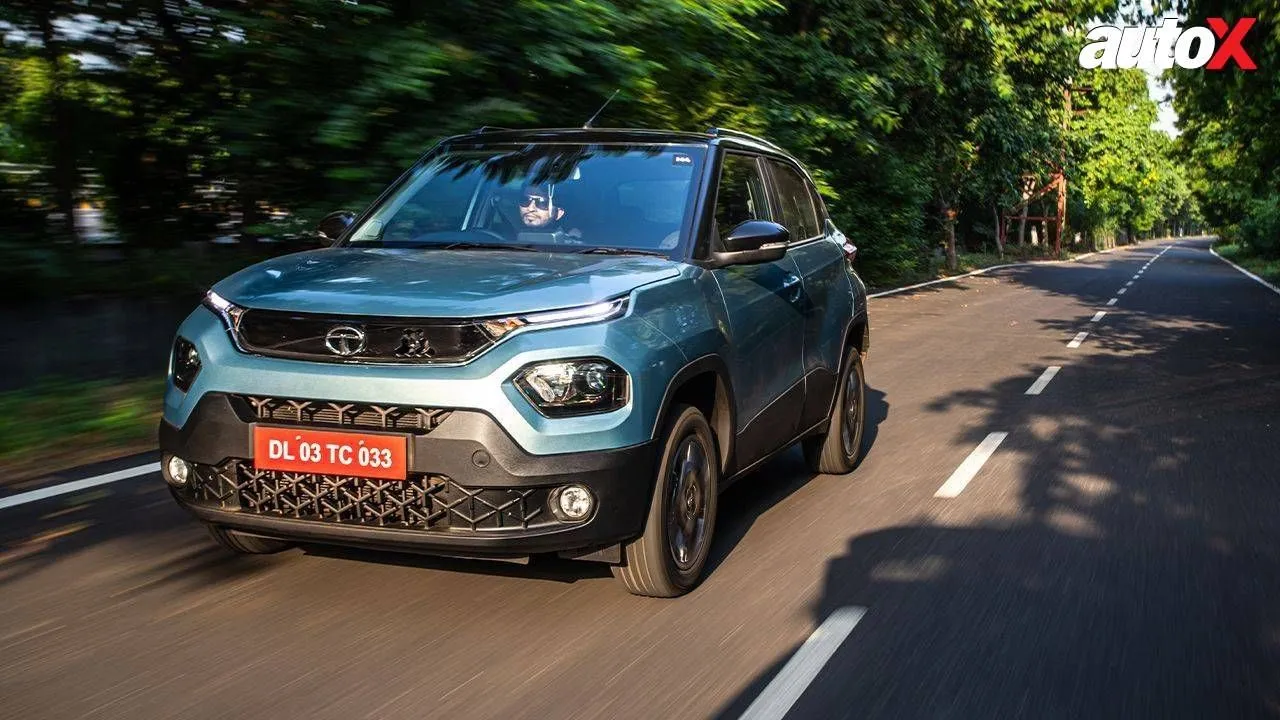

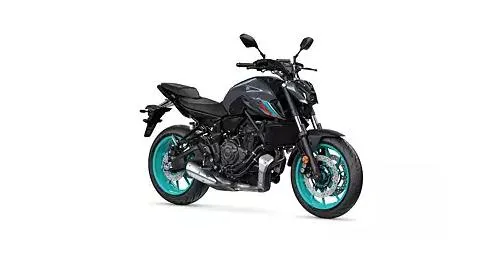

















Write your Comment on